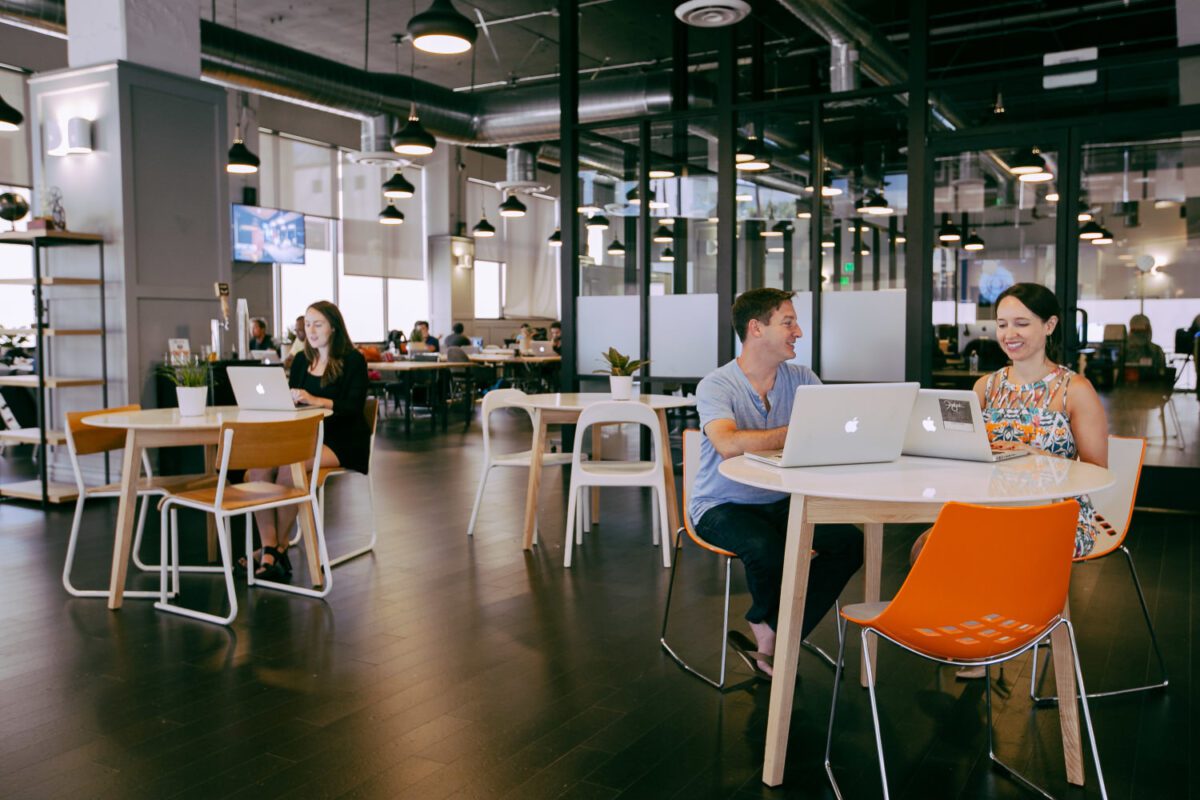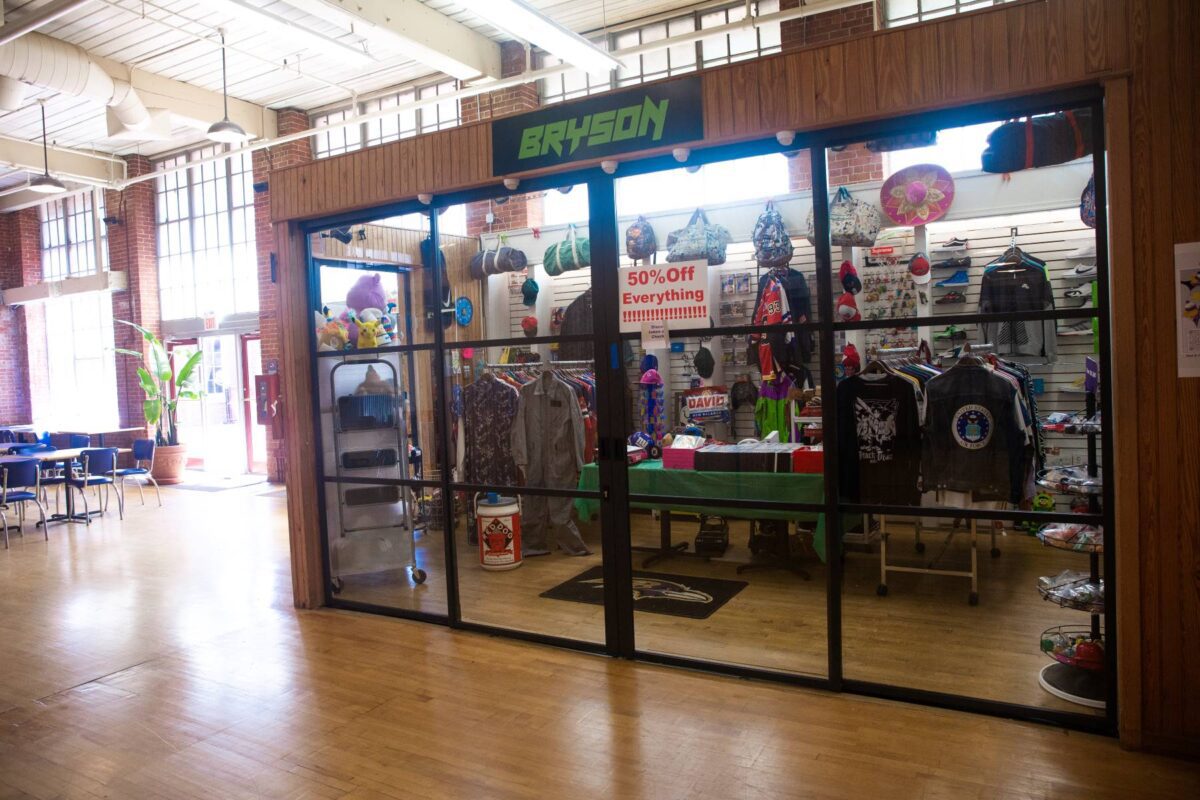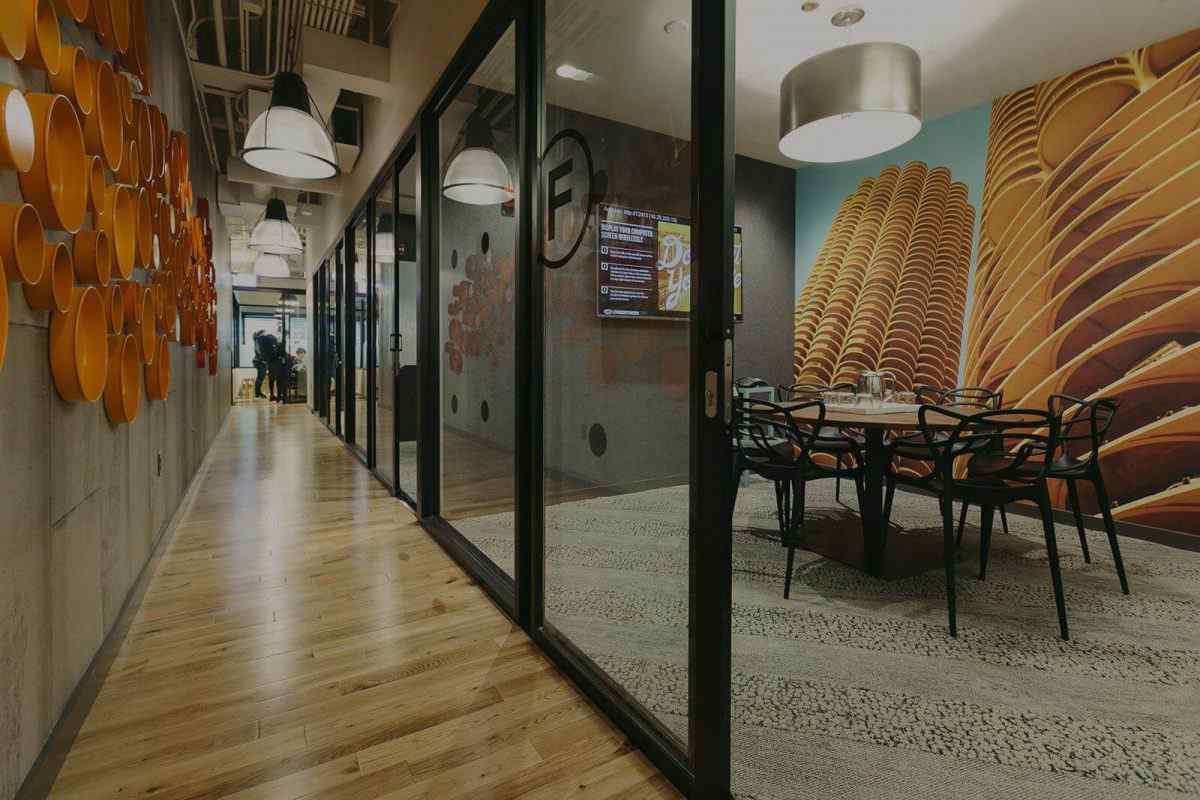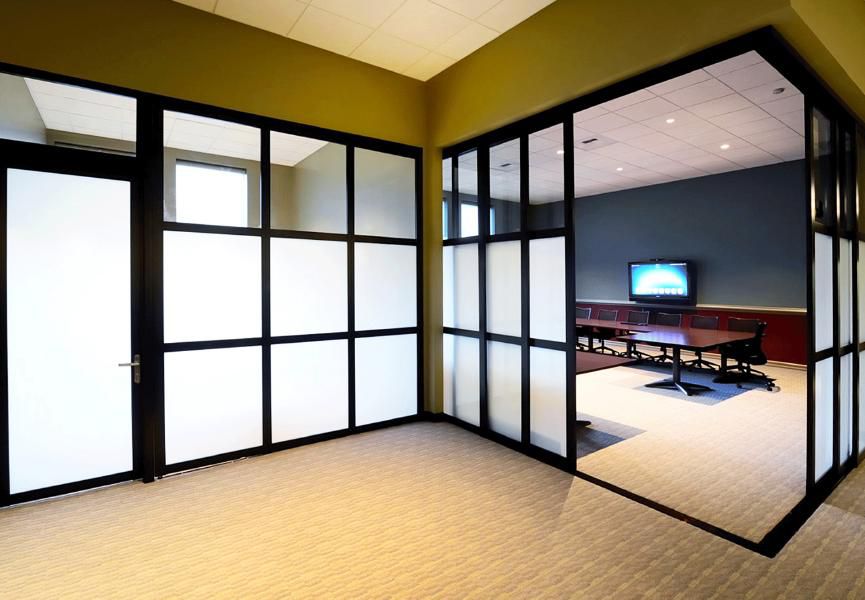Every year, offices get smaller—by at least 30 percent—and, every day, they get more transparent. Sliding glass doors have replaced solid hunks of wood and metal. See-through partitions and glass walls now rise up where tiny cubicles once stood. Welcome to the glass office of the 21st century: small and sustainable, bright and beautiful.
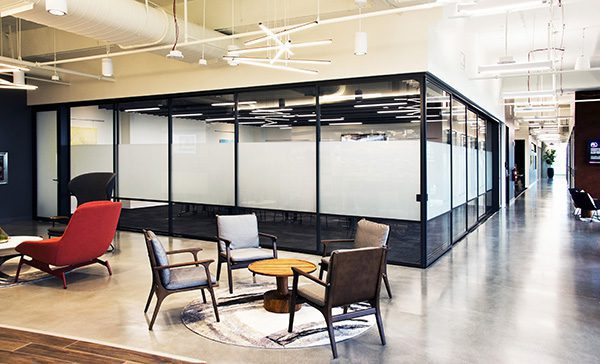

The Space Challenge
Businesses today face a tough challenge: maximize space in an increasingly cramped world. As square footage gets scarcer and scarcer, finding extra legroom becomes more and more difficult. How do you downsize without giving your employees a bad case of claustrophobia?
For one, you can install sliding room dividers and doors. Not only do they make an office look and feel bigger; they also cut down on wasted space. Gone are those large “dead” zones in front of swing doors. Sliding glass doors open with an easy horizontal movement.
Replacing conventional office doors with glass allows designers and their clients to skirt common design challenges. It means they can place private workspaces and conference rooms in previously taboo places like hallways or other confined spaces that can’t accommodate the clearance zones needed for swinging doors. In an era when every square foot matters, that can make all the difference.
The Light Challenge
If space is scarce, then light is a precious commodity. Particularly in North America, where offices often cover a large plot of ground, it’s hard to get natural light into the deep nooks and crannies of a building. The only alternative is to install expensive lighting fixtures—and lots of them.
That’s a deal-breaker for many executives and entrepreneurs. Electric light (of any variety) is no substitute for natural light, which has been proven to elevate mood, promote health, and raise productivity.
Then there are energy costs to consider. It takes a lot of money to illuminate an otherwise dim office—unless you can find a way to bring sunlight into the deep, dark recesses of your office. The easiest way to do that is to replace solid, light-blocking walls with glass. With a simple change of materials, you get more light and less sticker shock.
The Privacy Challenge
As time goes on, more employers realize the benefits of glass. That has led to an explosion in the popularity of glass office walls and doors. Still, some have concerns. What about privacy? How about echoes?
Enter the privacy wall—a partition made of frosted or smoked glass. The best part is that each wall can be customized to meet particular needs. Some businesses choose fully frosted office partition walls. Others opt for a half-and-half arrangement.
Another popular strategy is to put a frosted strip across the center of glass room partitions. That way, employees get plenty of light and visibility, without the complete openness that comes with full transparency.
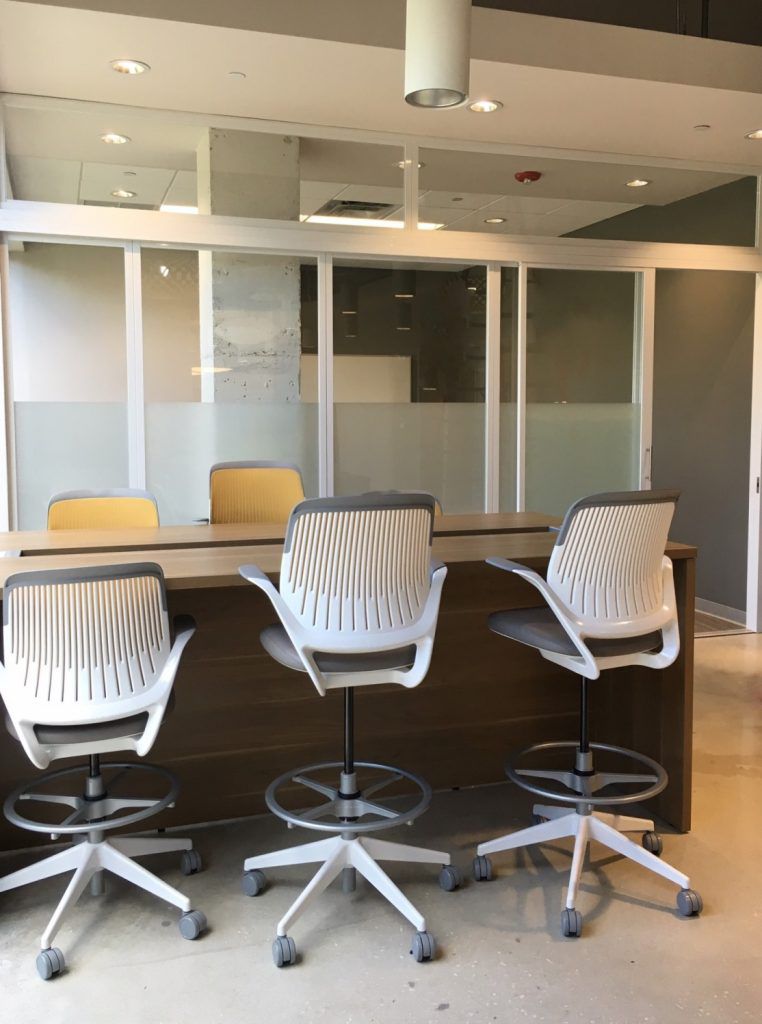

Embracing the Glass Office
There are as many reasons to embrace a glass office as there are offices in the world. Every business has its own unique set of concerns—health, privacy, productivity, energy costs, sustainability, openness, collaboration.
The popularity of glass fixtures owes largely to the fact that they satisfy such a broad spectrum of needs. Only with glass can you balance privacy and openness, collaboration and individuality, aesthetics and economics. Only with glass can you economize on space while getting an expansive design—all of which is why the glass office is here to stay.
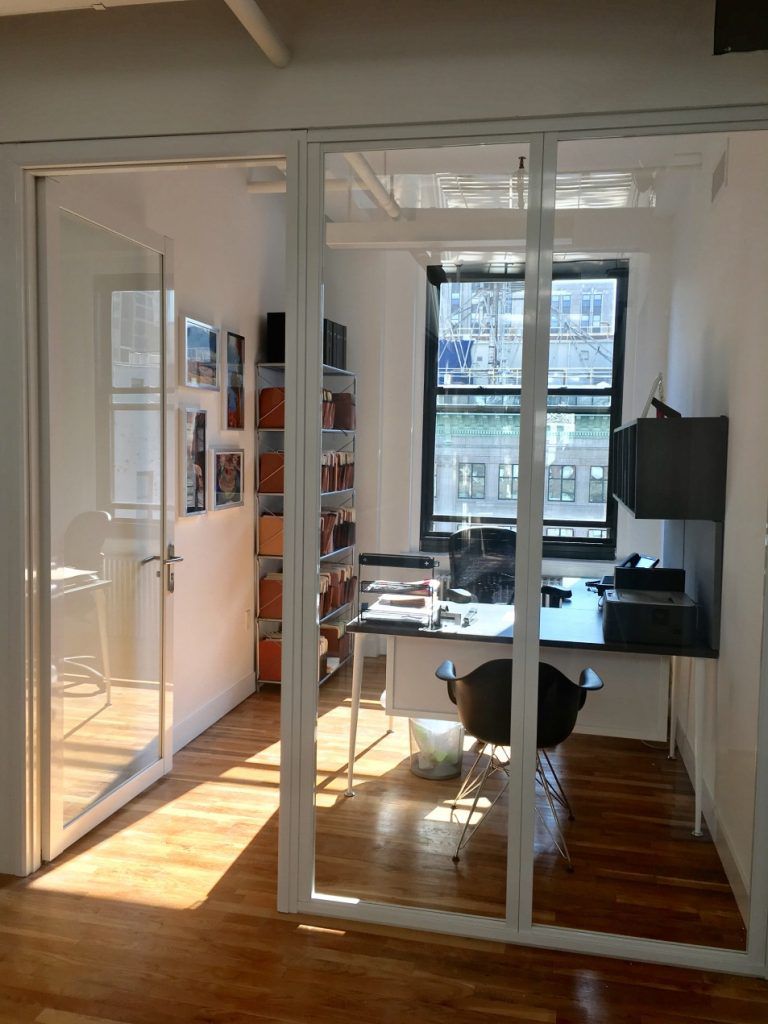

Want to know how you can take your office space from humdrum to spectacular? Contact the friendly interior glass door experts at The Sliding Door Company, to learn more about our workspace solutions for the 21st century.


 PARTITION WALLS
PARTITION WALLS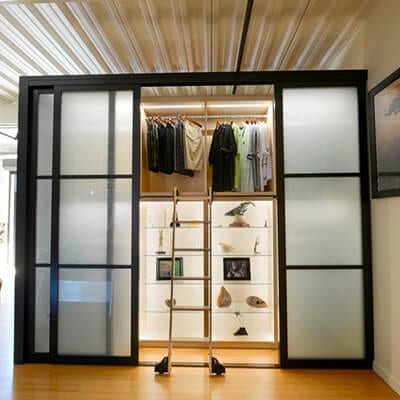 CLOSET DOORS
CLOSET DOORS WALL SLIDE DOORS
WALL SLIDE DOORS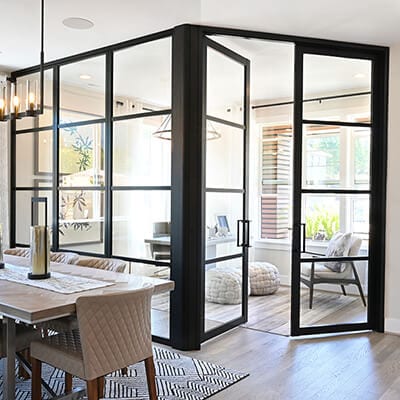 SWING DOORS
SWING DOORS BI-FOLD DOORS
BI-FOLD DOORS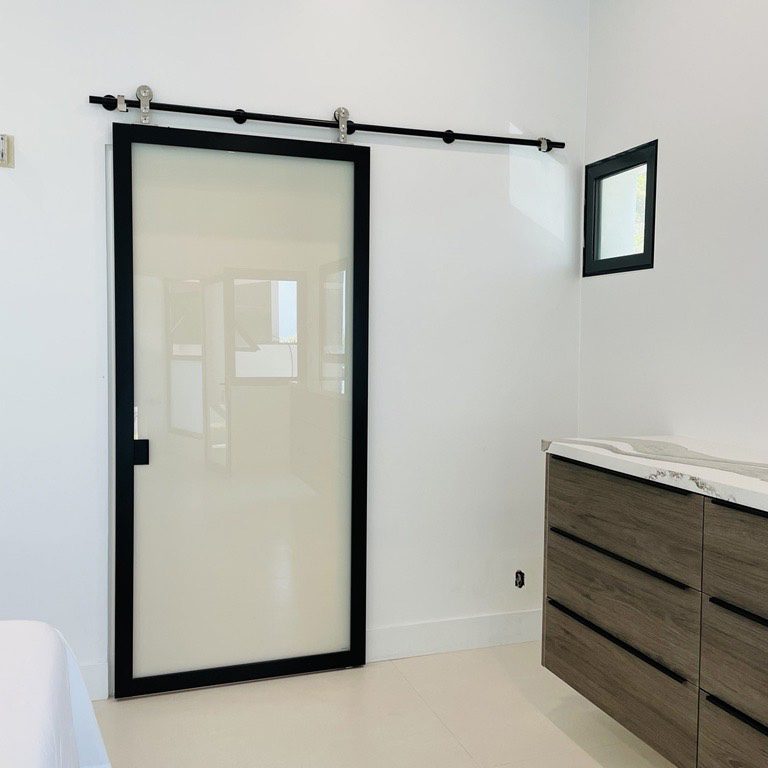 BARN DOORS
BARN DOORS SUSPENDED DOORS
SUSPENDED DOORS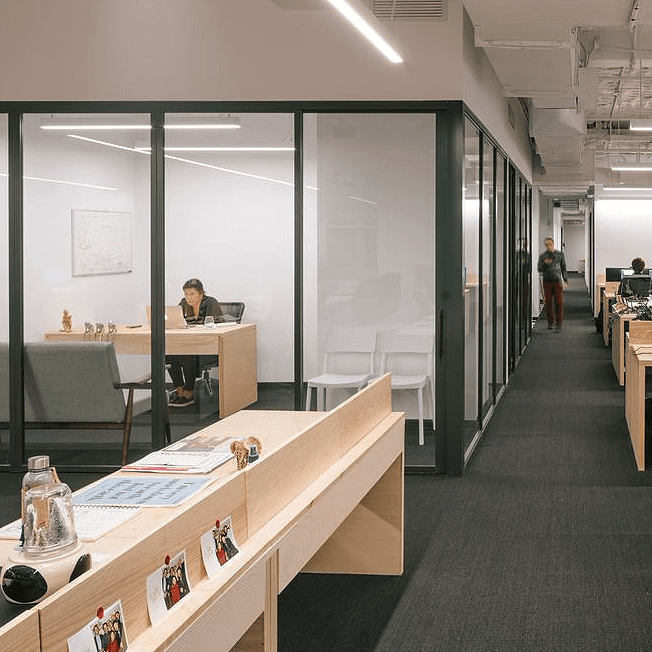
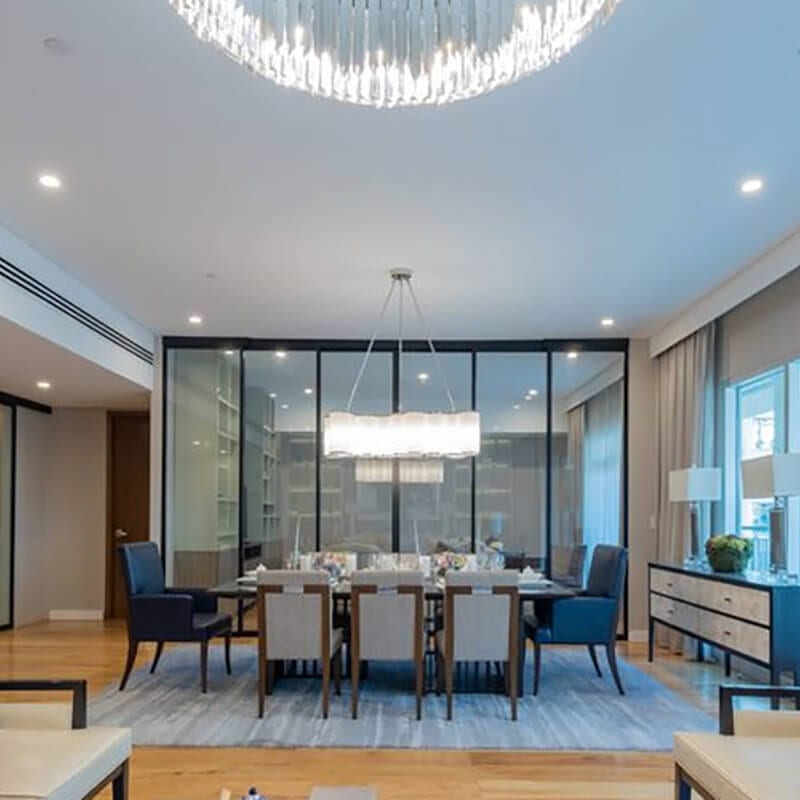 HOSPITALITY
HOSPITALITY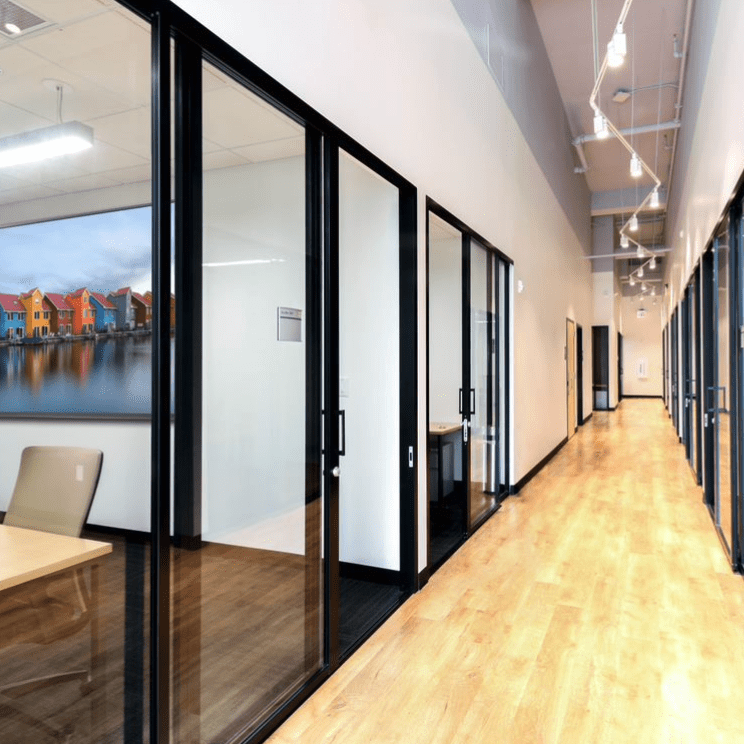 CO-WORKING
CO-WORKING HEALTHCARE
HEALTHCARE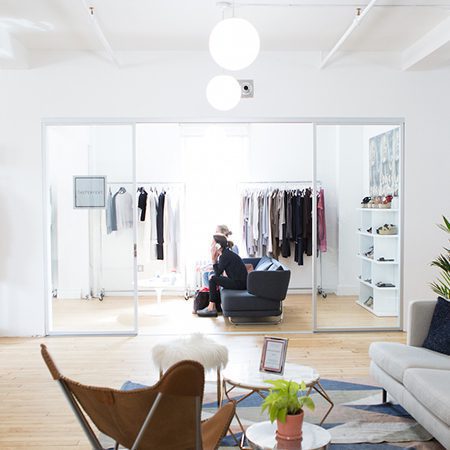 BRICK & MORTAR
BRICK & MORTAR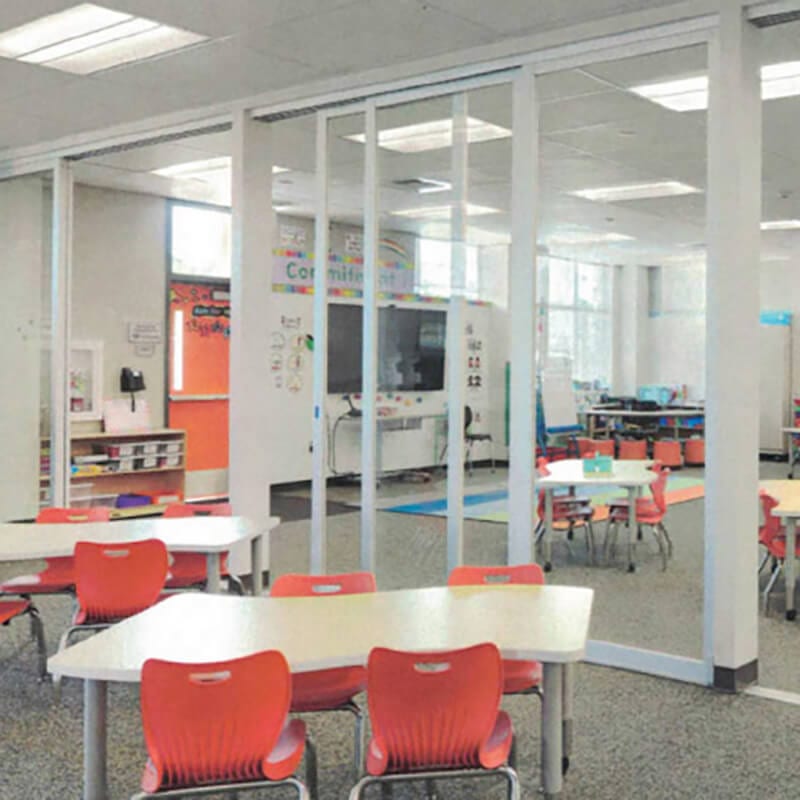 EDUCATION
EDUCATION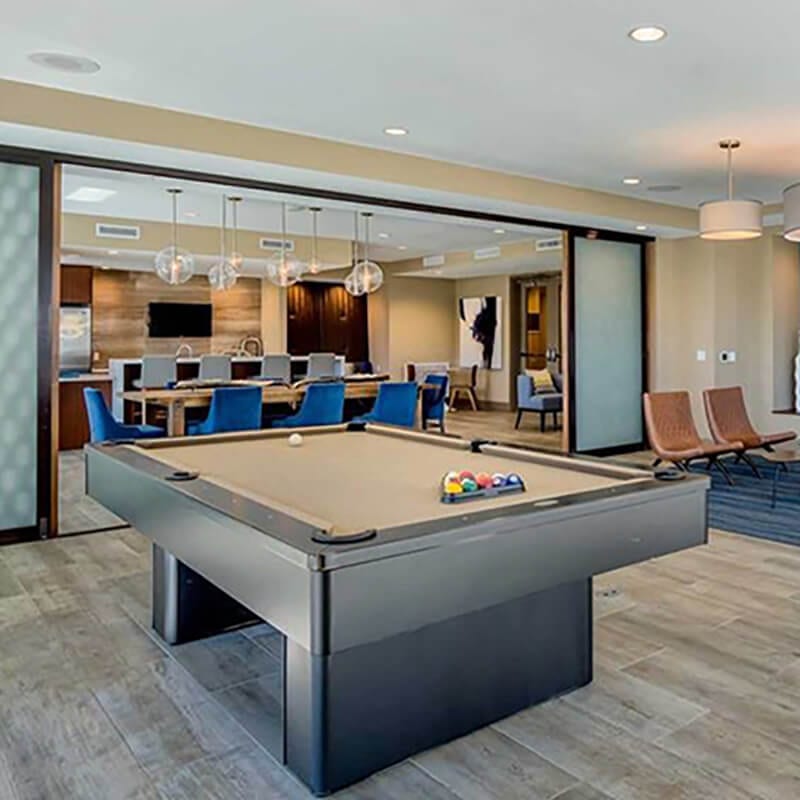 MULTI-FAMILY
MULTI-FAMILY BECOME A TRADE PARTNER
BECOME A TRADE PARTNER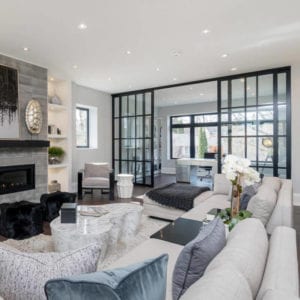
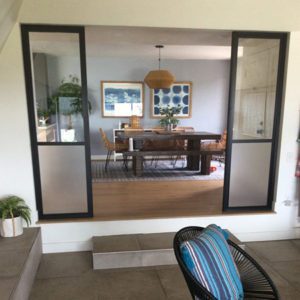 PARTITION WALLS
PARTITION WALLS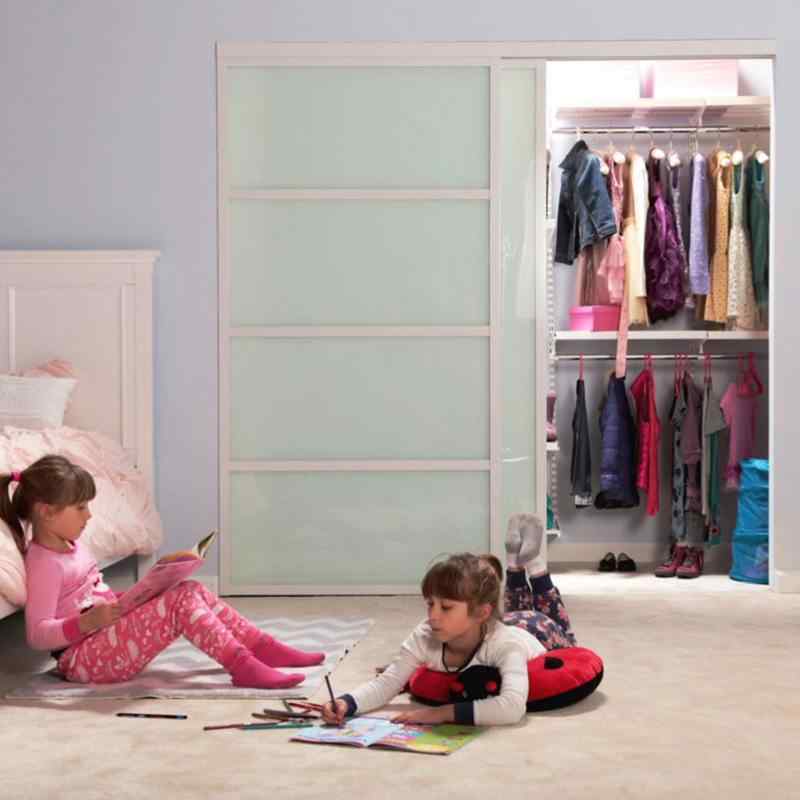 CLOSET DOORS
CLOSET DOORS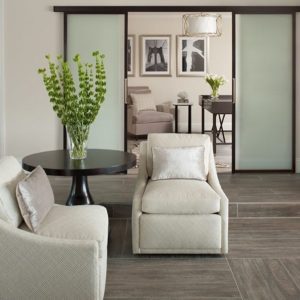 WALL SLIDE DOORS
WALL SLIDE DOORS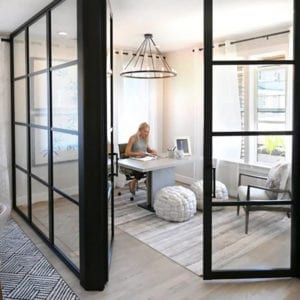 SWING DOORS
SWING DOORS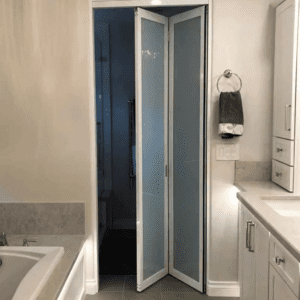 BI-FOLD DOORS
BI-FOLD DOORS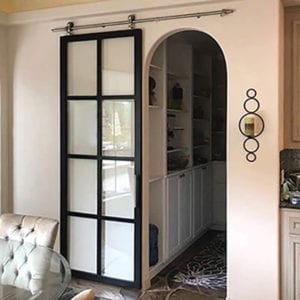 BARN DOORS
BARN DOORS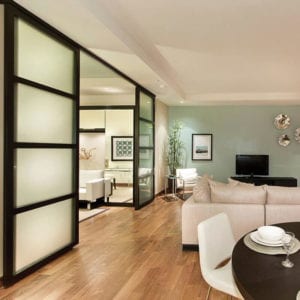 SUSPENDED DOORS
SUSPENDED DOORS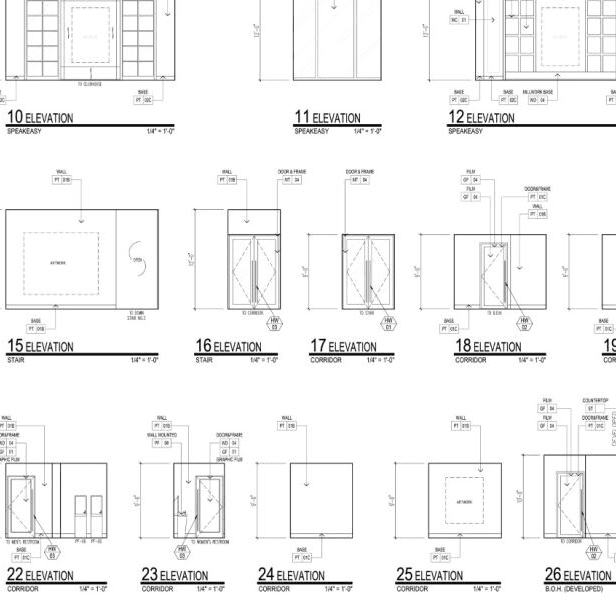

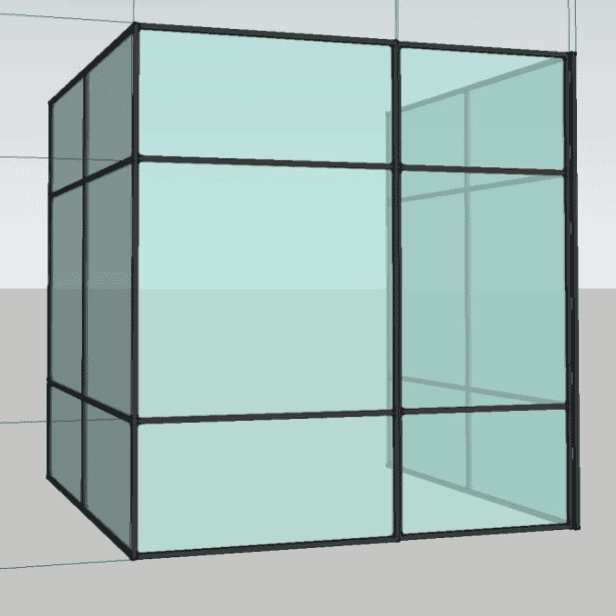
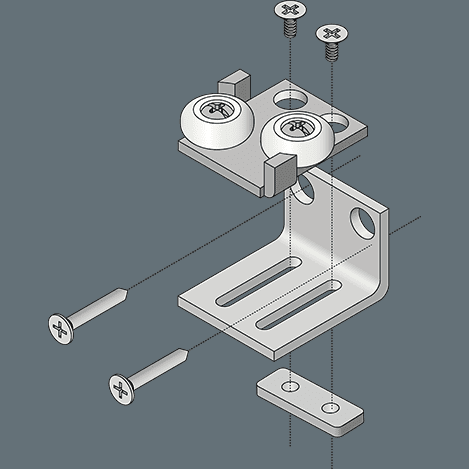
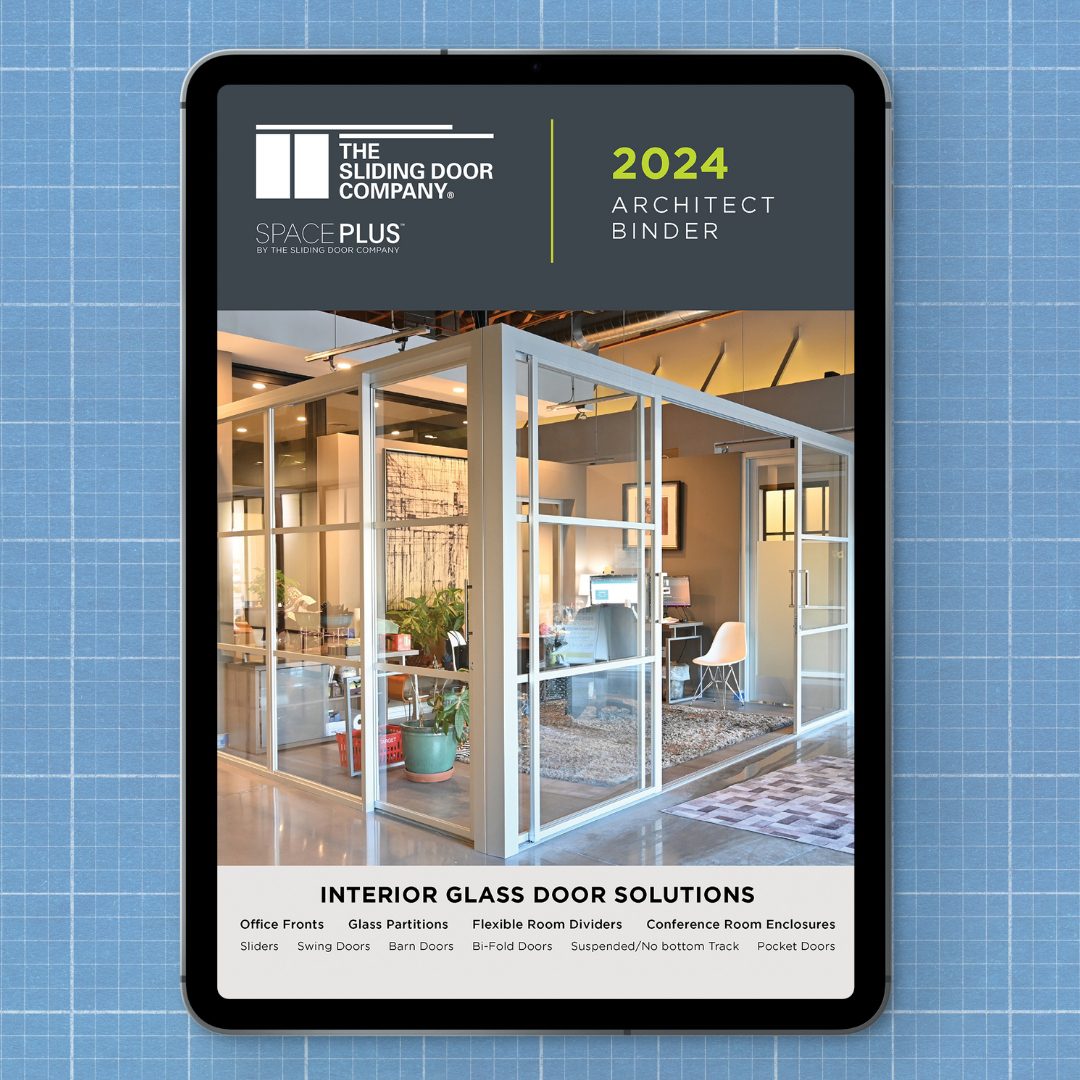
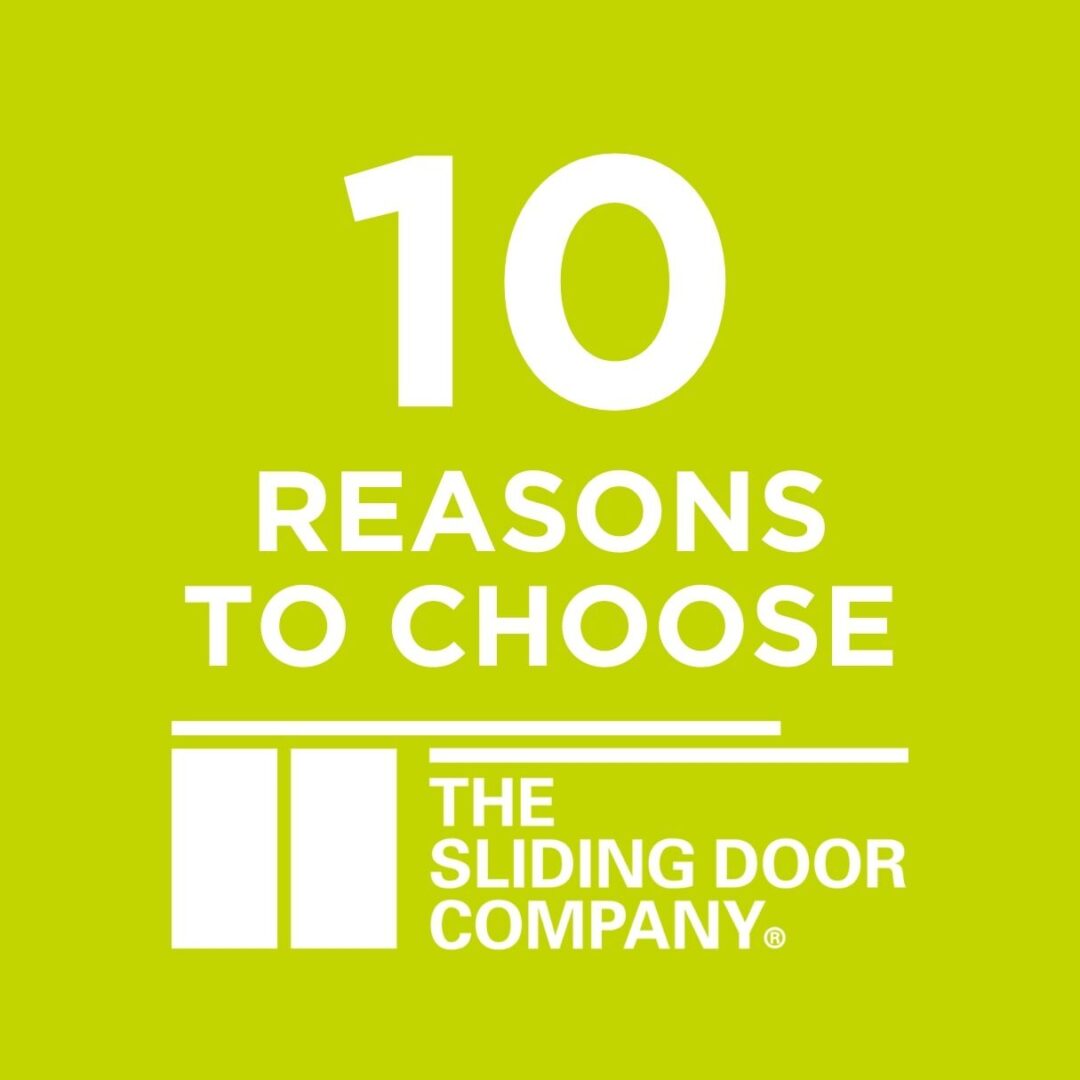 10 REASONS
10 REASONS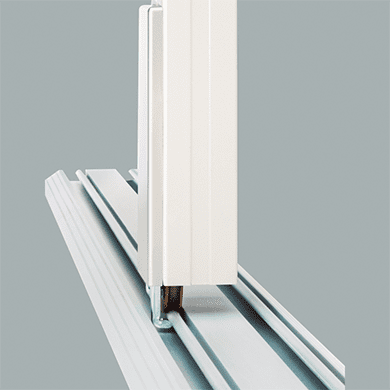 OUR PATENTS
OUR PATENTS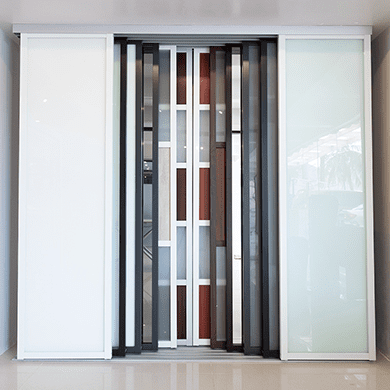 OUR PROCESS
OUR PROCESS OUR WARRANTY
OUR WARRANTY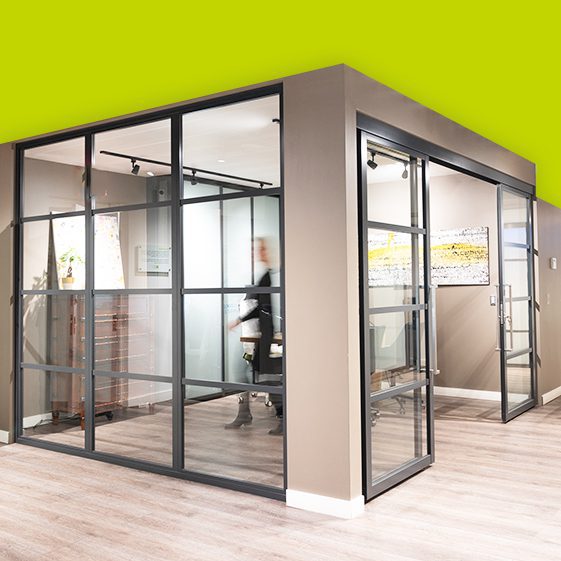 WHO WE ARE
WHO WE ARE CAREERS
CAREERS
